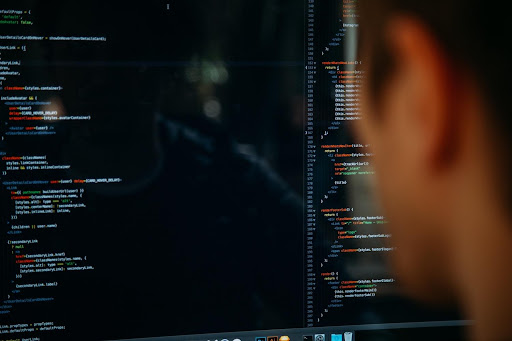
In the immense world of gaming, video game optimization is becoming increasingly important for game outsourcing studios. Optimization refers to the process of increasing the speed and performance of a video game, which is also sometimes referred to as game performance optimization. Optimizing a game helps to reduce the amount of time it takes to load and start a game, optimize game assets such as graphics, models and textures, as well as run the game with fewer crashes or errors. At its core, game optimization is about providing players with an optimal and enjoyable gaming experience.
Benefits of Performance Optimization
Performance optimization has a number of benefits for game developers and players. Optimization improves the user experience, allowing players to enjoy their games without lag, crashes, or errors. It also improves the game’s stability, meaning it runs more reliably on different hardware. In addition, performance optimization speeds up the loading times of the game, reducing the load times by up to 50%. Finally, optimizing a game can help reduce production costs, as optimization allows for more content to be included within the same amount of space.
Description of Game Development
Game development is an incredibly complex process. It involves the creation of a game’s assets (such as graphics, models, textures, audio, etc.), as well as the development of the game’s code. Games are usually made with a game engine, such as Unity or Unreal Engine, which is a software system that assists in game development. Ultimately, the goal of game development is to make an enjoyable and entertaining game that will be played by users around the world.
Analyzing Your Project
One of the first steps in optimizing a game is to analyze the project. This involves looking at the game’s framerate and hardware resources. A game’s framerate is a measure of the number of frames rendered every second, and is usually measured in frames per second (FPS). Analyzing your project’s hardware resources will allow you to see what types of computers or consoles the game will be able to run on. It is also important to identify any bottlenecks in the game that are causing the game to run slowly or crash.
Optimizing Game Assets
Once you’ve identified any bottlenecks, you can begin to optimize your game’s assets. This includes optimizing the game’s models, textures, and levels. Model optimization involves simplifying the models used in the game, reducing their complexity and number of polygons, while still maintaining the desired look. Texture compression allows for smaller textures to be used, which reduces the size of the game, and level optimization helps to make the game easier to load and run more quickly.
Optimizing Game Code
Game code optimization is an often overlooked aspect of game optimization, but it is incredibly important. This involves reducing the amount of CPU, memory, and other system resources used by the game. CPU optimization involves using algorithms to reduce the amount of processor time needed for certain operations, which increases the overall performance of the game. Memory optimization focuses on reducing the amount of memory used by the game, and multithreading allows multiple tasks to be executed simultaneously on separate threads.
Enhancing Game Performance
In addition to the optimizations mentioned above, there are several techniques that can be used to enhance the performance of the game. Rendering techniques, such as deferred and instanced rendering, allow for more efficient use of graphics processing units. Asynchronous processes involve tasks being executed in parallel on different threads. Finally, it is important to optimize the full loop of the game, from input to output, to create a seamless experience.
Conclusion
In conclusion, performance optimization is becoming increasingly important for game developers. Analyzing the game’s hardware resources and game assets, as well as optimizing game code and using techniques such as rendering and asynchronous processes, are all important steps in optimizing a game. By optimizing a game, developers are able to provide a smoother, more enjoyable experience for players. Ultimately, performance optimization is an essential part of any successful game development project.

Leave a Reply